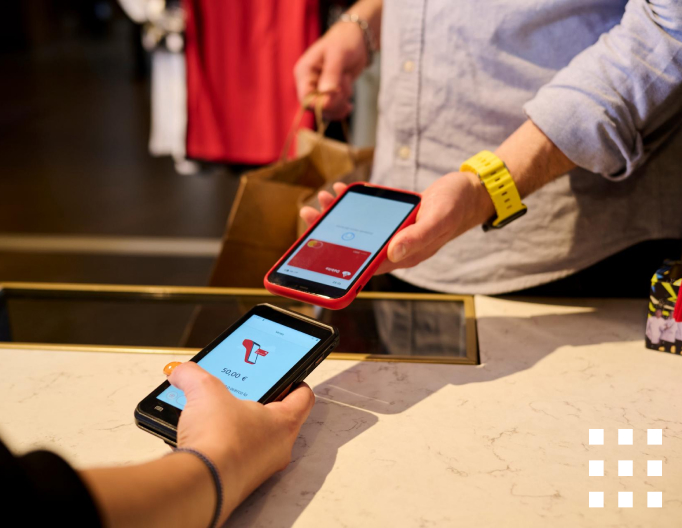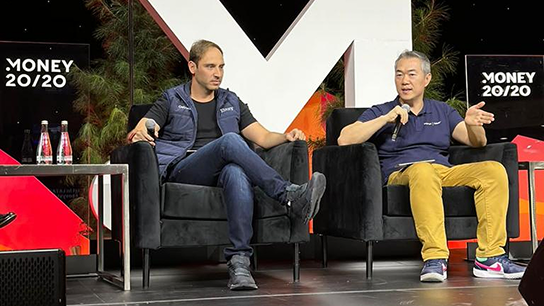For certain businesses, the resurgence of travel interest in the wake of the pandemic caught them off guard. However, others adjusted quickly and capitalised on the post-pandemic surge. Why did travel regain such popularity? After intermittent lockdowns, many people found themselves harbouring a pent-up wanderlust, yearning to explore, rather than remaining confined within the same four walls they had grown accustomed to for months.
Latin America has led the charge here, and one country seems to be making use of the lessons the pandemic taught all of us is Mexico. Having carried more than 79 million passengers between January and August last year, Mexican airlines are seeing passenger volume climbing towards pre-pandemic levels.
As the influx of travellers grows, reminiscent of pre-pandemic life, how can the Mexican travel industry adapt to this change?
Improved payment options
As the travel industry returns, the great challenge is adapting to the post-pandemic world, where passengers expect to buy things online and can compare flight offers themselves. Ensuring that consumers’ online experience is efficient and frictionless when checking out is important, which is why payment options must be provided.
Friction remains a persistent challenge for retailers, extending beyond just airlines and travel providers, particularly during the payment process. A seamless and fast payments experience isn't just crucial for travellers when booking their holidays; it also streamlines operations for merchants once tourists reach their destinations.
Overcoming the challenges associated with accepting credit cards issued overseas, such as costs and approval rates, is key. Engaging with a global acquirer, or one with a widespread regional presence, streamlines payment methods, reconciliations, and approvals.
A smart way to address payment issues involves managing risk at the acquiring level, minimising chargebacks and refunds in the future. Previously, this posed a significant challenge for payment operators, leading to fee hikes for carriers as compensation. Now, much of this can be mitigated through the implementation of prevention and authentication tools within eCommerce and MOTO channels. These real-time risk mitigation tools, powered by AI, empower carriers to proactively safeguard against risks from the outset. This represents another avenue through which payment operators can deliver enhanced value to carriers, enabling them to focus on what they do best.
While airlines operate in diverse markets, their payment requirements remain largely similar irrespective of the country. One way to reduce friction, beyond expanding the range of accepted payments, is to collaborate with partners that have in-depth knowledge of the targeted market.


Offer global travel, but provide local knowledge
The travel agency market holds significant sway in Mexico. Navigating the domestic market requires addressing local regulations to alleviate acceptance issues, enhance approval processes, mitigate chargebacks, and introduce innovative solutions like interest-free months programs or BNPL (Buy Now, Pay Later), which are just beginning to make inroads into the Mexican market.
In this instance, directing efforts toward refining and enhancing an existing B2B solution might be better than solely focusing on creating a B2C experience. Providing enhanced support and services to travel agents, who are pivotal in finalising sales once customers have selected their flights and vacation packages, can yield significant benefits.
Additionally, transaction approval and settlement in Mexico differ from BSP standards worldwide. Possessing local expertise is critical to ensure seamless payment acceptance in this market. While the pandemic spurred consumers to become more self-reliant and price-conscious online, Mexico's travel agents have started offering enhanced value-added services. They have capitalised on the trend by cross-selling additional products such as insurance, tapping into opportunities presented by the reactivation of events, conventions, and other business and leisure activities.
Spend more time delivering what you do best
Ultimately, the value gained from having specialists on the ground, immersed in the intricacies of their local industry, allows businesses to devote more attention to refining their services and offerings within that market.
The airline industry stands as a cornerstone for Getnet. Getnet has devoted significant efforts to enhancing our platform's coverage and capabilities, with the goal of delivering a premier solution that integrates the global airline market with local nuances.
With nearly two decades of operational presence in Mexico, Getnet blends globally interconnected payment infrastructure with local insights, to deliver a distinct competitive advantage. At the core of this lies Getnet’s global airline payments platform, facilitating connections between local acquirers and customers across Europe, with expansions to North America and throughout Latin America.
Informed the expertise of our specialists, the platform integrates with suppliers such as Amadeus and the BSP network, pivotal for its deployment in Mexico. This integration streamlines the entire purchase process and the value proposition within the local supply chain.
Getnet Mexico also boasts a dedicated team wholly committed to the airline market, ensuring that the specialised acquirer experience we offer instils confidence and provides guidance to international airlines seeking entry into the Mexican market.





























